Infant vs Toddler vs Preschooler: What’s the Cutoff Age?
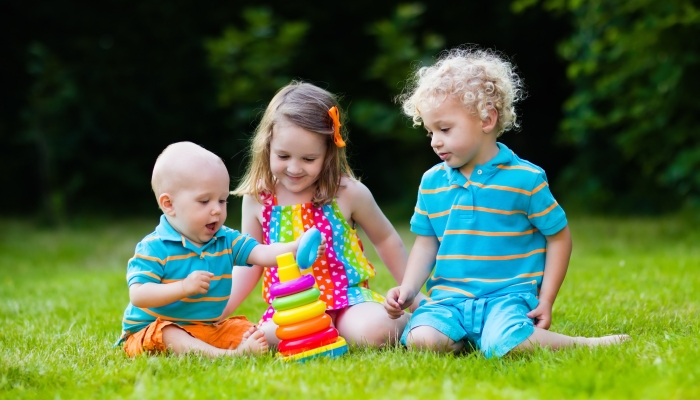
- The age range of infant to preschooler is from 0 to 5 years of age.
- Every stage has a new set of skills, needs, and behaviors.
- Infants require proper feeding, napping, and changing to thrive.
- Toddlers need independence via potty training and supervised exploring.
- Preschoolers need limited screen time and a great role model.
We’ve all got those nicknames we give our kids, sometimes without even noticing. Recently while talking with a family member, I referred to my daughter as “baby girl,” as I often do. To which they smiled and reminded me she’s far from the baby she once was, though in my eyes, she’ll always be my baby.
Even though I know I’m using the term in an endearing way, there are many parents (myself included at one point) that aren’t quite sure where the different stages end and begin. What’s the big difference between an infant vs. toddler? Aren’t toddlers and preschoolers synonymous? I get it—it can get very confusing very fast.
If you’re hoping to make those blurred lines look a bit clearer, we’ve got all the information you need right here! Learn all the major changes ahead for your little one and make those transitions easier, equipped with the invaluable knowledge below.
What Is an Infant?
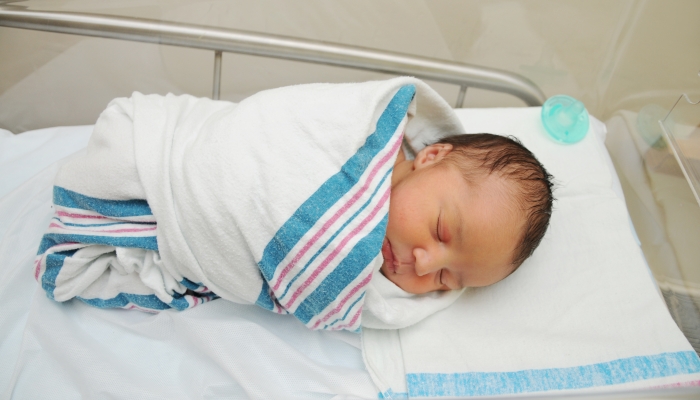
An infant or baby falls into the 0 to 1 year old age range. The terms infant and newborn baby are sometimes used interchangeably, but they’re not at all the same. A baby is only a newborn for the first 4 weeks of its life, still not even daycare age at that point.
Their growth rate hangs around 13 ounces per month, growing an inch every month until they reach 6 months. After that, they’ll grow about a half inch every month. You can expect an infant to double their birth weight by about 5 months, tripling it by their first birthday.
Important developmental milestones for the infancy period include rolling over, crawling, and walking. There’s so much more to each specific month, though! A baby begins holding their head up by 2 months, babbling by 4 months, and starting to sit unsupported by 6 months. Babies learn to point at items by 9 months and start saying a few words like mama by 12 months.
What Is a Toddler?
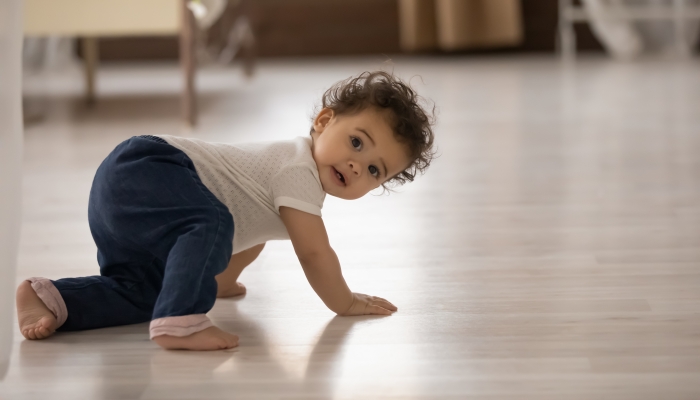
The term toddler refers to a child between 2 and 3 years old. Maybe you’ve heard the term “terrible twos.” The toddler age is when they’re in full swing!
The toddler growth spurt is staggering! They gain substantial weight for their size, somewhere between 4 to 6 pounds each year. They’ll also grow 2 to 3 inches during this stage! Kids at age 2 are actually half their adult height, which is hard to believe!
Important developmental milestones are endless during the toddler stage. At age 2, your toddler begins to start copying you, sorting shapes, and even kicking a ball. By age 3, you’ll notice they can dress themselves, speak in a few sentences at a time, and turn door handles.
What Is a Preschooler?
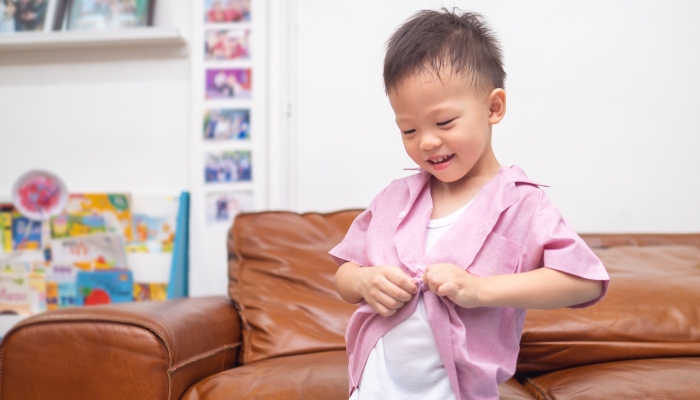
Not yet old enough for school (but close), a preschooler ranges from ages 3 to 5 years old. Often during this time, parents enroll their child in an early learning program to get them prepared for the schooling ahead. It definitely makes the transition easier.
Their physical growth rate at this stage is around 4 or 5 pounds per year, with a gain of 2 or 3 inches as well. Not far off from the toddler stage, you’ll find they continue to grow like weeds with each passing month!
Important developmental milestones for preschoolers at 4 look like a lot of pretend play and helping anyone and everyone. They’ll also be able to name some colors and catch a ball. By age 5, they’ll have back-and-forth conversations with you and name letters.
Infant vs Toddler vs Preschooler: Let’s Compare
When it comes to major differences, there’s plenty to compare between these age groups. With each stage comes a new set of skills, needs, and behaviors. Though there’s no shortage of ways we could compare them, the chart below should give you a good idea of the biggest distinctions between the three.
| Infant | Toddler | Preschooler | |
| Sleep | 14 to 15 hours | 12 to 14 hours | 11 to 13 hours |
| Fluid Intake | 4 to 8 oz daily with breastmilk/formula | 4 cups a day | 5 cups per day |
| Calories | 100 to 900 daily | 1,000 to 1,400 daily | 1,200 to 1,400 daily |
| Language Skills | Sounds | 2 to 3-word phrases | Sentences of 4 words or more |
| Words Spoken | 0 words | 50 to 250 words | 1000+ words |
| Cognitive Skills | Recognizes parents | Reasoning skills begin | Asks questions and comprehends rules |
| Emotional Skills | Eye contact and smiling | Sharing and empathy | Development of friendships |
| Gross Motor | Rolls over | Walks up stairs | Skips and hops |
| Fine Motor | Moves object from hand to hand | Turns pages one by one | Traces their own hand |
| Vision | Drawn to bright, moving objects | Inspects and sorts | Recognizes objects at a distance |
| Self Care | Suckles, eventually drinking from a cup | Eats with spoon | Can undress and dress alone |
Developmental Milestones and When to Get Help
Children reach developmental milestones at different times, but they can give you an idea of if your child might need further evaluation.
Sevan S. Misirliyan, author of the 2022 article titled Developmental Milestones says,
“Developmental milestones are markers of a child’s development from infancy on into childhood. They are used to help determine if a child is undergoing typical development versus if a child has delayed in a given area or over multiple areas in the process of aging development.”
If your child displays any of the following, it’s best to contact your doctor for further evaluation. These are some of the common concerns to look out for:
- Infants: Not responsive to loud sounds, doesn’t smile, doesn’t laugh, doesn’t reach for items, doesn’t point, or experiences a loss in learned skilled.
- Toddlers: Walks erratically, doesn’t engage in pretend play, doesn’t know 2-word phrases, and will not make eye contact.
- Preschoolers: Won’t draw pictures, can’t follow 3-step instructions, is not responsive to people, and doesn’t like playing with other kids.

Helpful Tips for Parenting Infants, Toddlers, and Preschoolers
Knowing the main difference of each age group is one thing, but caring for them is an entirely different feat! Check out some of the basics on how you can care for your young child in each of their growth and development stages. While it’s not a comprehensive list, these main tips will get you started.
Infants
- Feed Them Often: In the beginning, they’ll need to feed every 2 to 4 hours. Later in their infancy, they’ll take 3 to 5 feedings of formula or breastmilk combined with other snacks and solids.
- Don’t Skip Naps: Napping is a crucial part of every infant’s growth and development, so be sure they nap as needed. In the beginning, they’ll nap 5 to 6 hours a day. Toward the latter part of infancy, they’ll nap 2.5 to 3.5 hours per day.
- Safe Sleep Spaces: Creating safe sleep spaces for your baby is critical to avoiding SIDs and injury. They should be laid down to sleep on their backs on a level sleep space free from blankets and other objects.
- Change Them Frequently: Generally, you’ll want to change their diaper every 2 hours. If you already notice it’s wet, go ahead and change it. Also, never wait to change a poopy diaper. That could lead to a whole host of problems!
- Dress Them Properly: Dressing a baby in layers is normal but don’t overdo it. Depending on the weather, plan to dress them in the same number of layers you’re wearing with an extra layer for them.
Toddlers
- Balanced Meals: Graduating from bottle feeds, your toddler needs 3 meals a day along with 2 snacks in between to live a healthy life. It’s important these meals and snacks are full of nutrient-dense foods to aid in their growth.
- Dental Care: With most, if not all, of their teeth finally in, you have to ensure those pearly whites stay clean. Teach your child how to brush, helping them to clean their teeth twice per day.
- Foster Independence: Toddlers crave independence, and it’s important we foster that while acting as their supervisor. Allow them to help with dishes, pick out clothes, put toys away, and wash themselves.
- Potty Training: With their independence comes time for toilet training. The average toddler is potty trained before 3 years old, with some ready to start as early as 18 months old.
- Structured Days: Toddlers tend to do best with structure, so giving them structured days not only helps them but you as well. When they know what’s coming, they transition from each task easier, mitigating tantrums and confusion.
Preschoolers
- Quiet Time: Somewhere between ages 3 and 5, most kids drop naps altogether. Even so, it’s still a good idea to take some time in the afternoon to do a quiet activity to allow their bodies the rest they need.
- Be Their Model: A very young child has the ability to learn by what they’re being shown. Act as their role model by eating healthy foods, exercising, being kind, and the like. They’ll follow what they see.
- Face Them Forward: Sometime in their preschool years, your child will reach the height and weight limits of a rear-facing car seat. That means from now on, it’s time to face them forward in their car seats.
- Limit Screen Time: As tempting as it may be, your child shouldn’t go over about one hour of screen time per day. With so much technology all around us, it’s a tall order but one that should be adhered to.
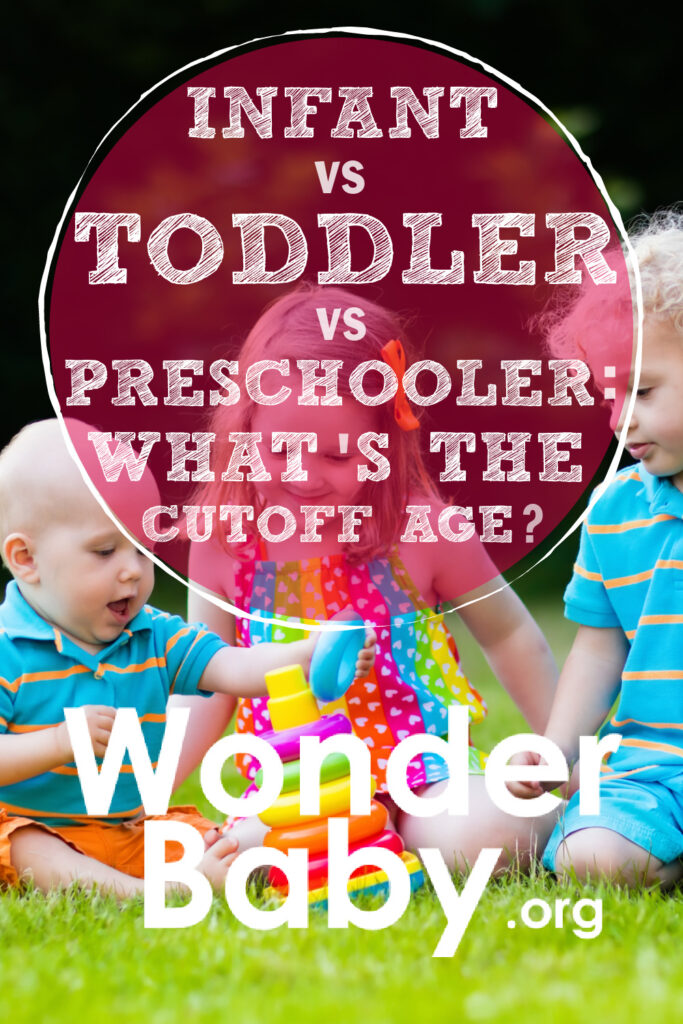
Related Posts
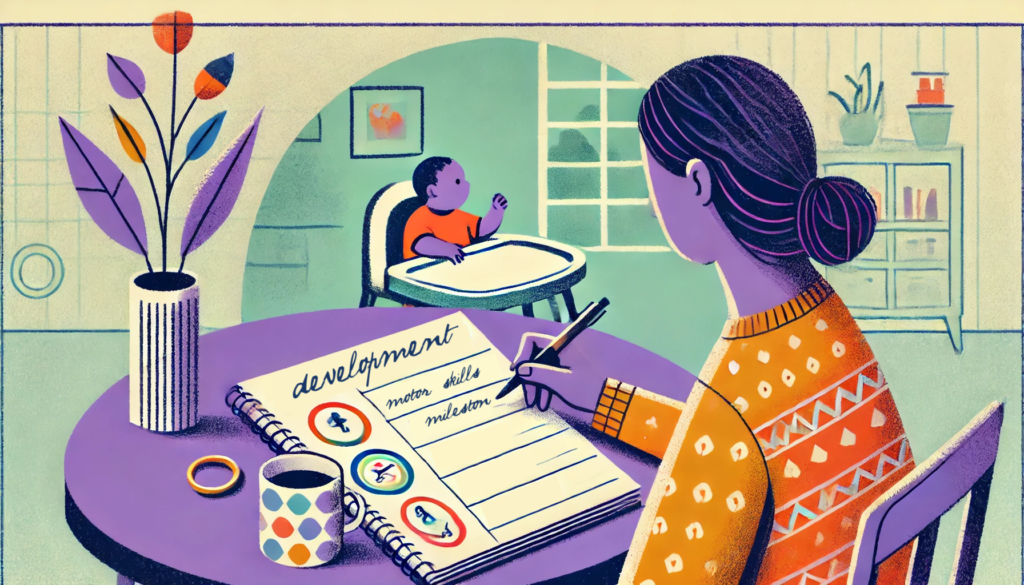
Development, Special Needs
How to Track Milestones for Developmentally Delayed Babies
Parents of developmentally delayed babies can explore practical tools and strategies to track milestones, celebrate progress, and support their child’s unique developmental journey.

Fine and Gross Motor
5 Alternatives to Tummy Time for Babies with Motor Development Challenges
Does your baby struggle with tummy time due to motor development challenges? These alternatives to tummy time will offer the same benefits.
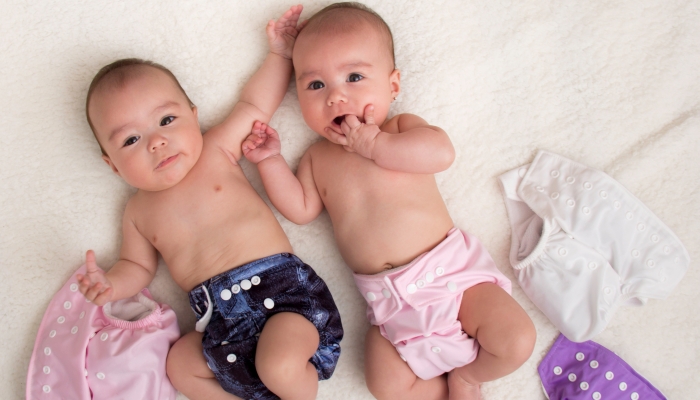
Development
Should Twins Share a Room?
Wondering if your twins should share a room? We’ll explore the pros and cons of room-sharing for twins right here before you make your decision.